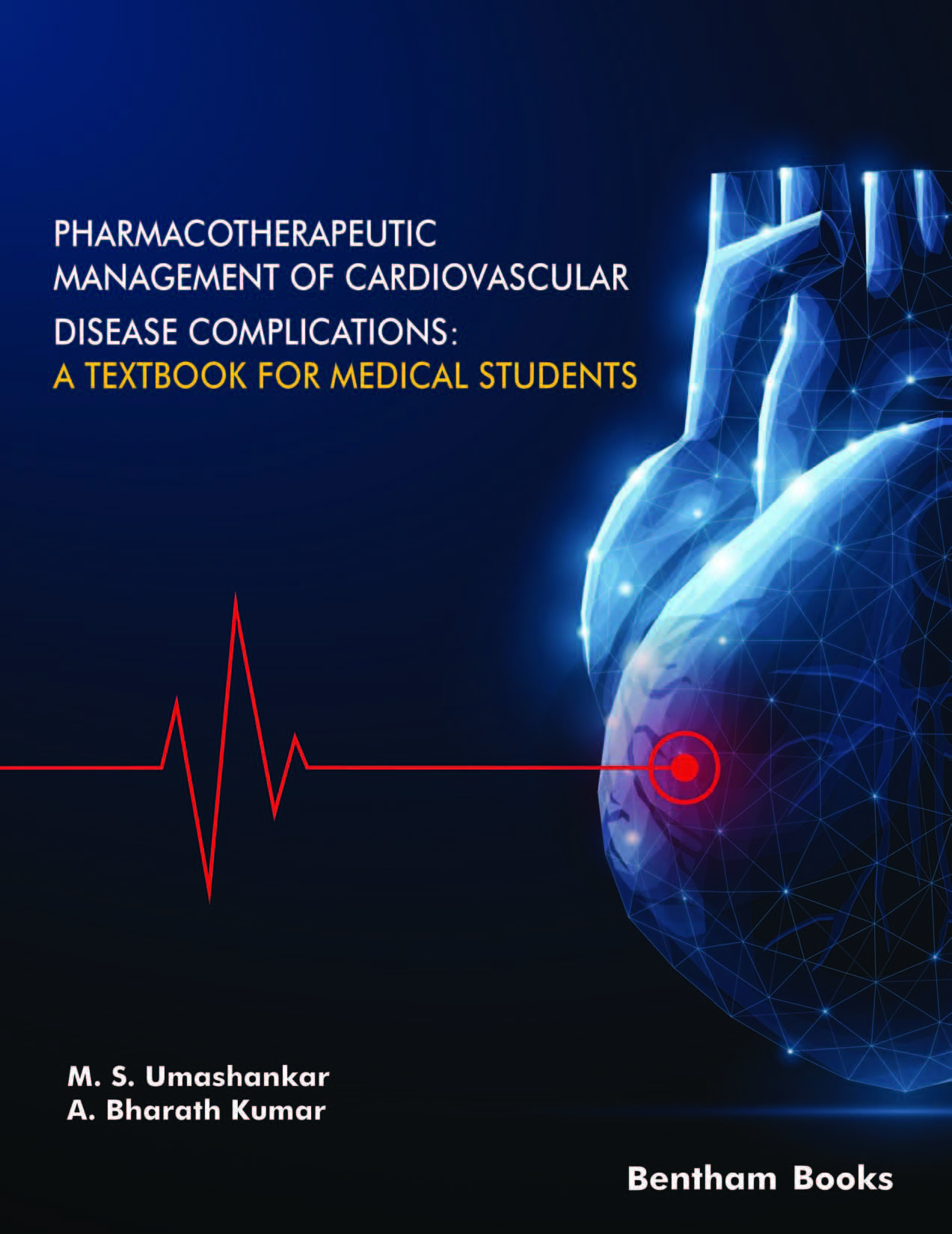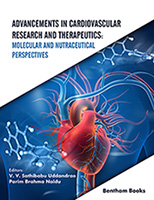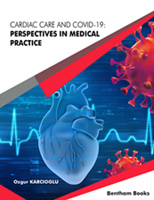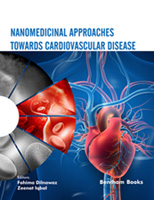The book,
Pharmacotherapeutic Management of Cardiovascular Disease Complications, presents promising treatment practices for the management of cardiovascular disease complications in health care settings.
Cardiovascular disease incidence is spontaneously rising all over the world, significantly impacting health care cost with poor health care outcomes. More recently, cardiovascular disease prevention and management, became a foremost health care issue in both developed and developing countries. The current health care statistics reveal 17.3 million deaths due to cardiovascular diseases every year and this will extend to 23.6 million by the year 2030.
The book coauthored by
A. Bharath kumar and Dr. M.S. Umashankar, discusses the pharmacotherapeutic management of cardiovascular disease complications, clinical symptoms, pathophysiology, early time diagnosis, control of risk factors and treatment methodology which help medical students to deliver a more promising treatment to patients and minimize the progression of cardiovascular disease, effectively.
Chapter 1 provides a brief introduction to anatomy and physiology of the heart. Chapter 2 describes biomarkers’ role in the detection of cardiovascular diseases and the pharmacological responses of the drugs. Chapter 3 discusses the diagnostic investigations of cardiovascular diseases via electrocardiogram, echocardiography, MRI scan, CT scan, treadmill test, doppler studies and coronary angiography to determine the severity of cardiovascular diseases. Chapter 4 presents valvular heart disease risk factors, clinical symptoms, diagnosis and management. Chapter 5 describes hyperlipidemia complications, their prevention, new potential targets and treatments. Chapter 6 represents hypertension treatment patterns and uncontrolled blood pressure manifestations. Chapter 7 shows an overview of atherosclerosis, risk factors, clinical symptoms, diagnostic tests and pharmacotherapeutic options for the management. Chapter 8 depicts deep vein thrombosis management, its risk factors, clinical symptoms, diagnostic tests and management. Chapter 9 gives a note on aortic aneurysm prevention and management in health care settings. Chapter 10 describes stroke etiology, diagnosis, prevention and its control. Chapter 11 displays the management of heart failure, etiology, clinical symptoms, and diagnostic investigations and medications.
Chapter 12 discusses cardiac arrhythmia management, classifications, diagnosis, pathophysiology and its management. Chapter 13 confers myocardial infarction risk factors, pathogenesis and current therapeutic options for the management of myocardial infarction. Chapter 14 presents angina pectoris epidemiology, risk factors, pathogenesis, diagnosis, and pharmacotherapeutic management. Chapter 15 discloses congenital heart defects, clinical manifestations, pathogenesis, diagnosis, and management of congenital heart defects. Chapter 16 gives an overview of inflammatory heart disease prevention and management. Chapter 17 discusses the prevalence, pathophysiology, causes, clinical symptoms and commonly prescribed drugs in cardiomyopathy. Chapter 18 discusses risk factors, pathophysiology, clinical symptoms, diagnosis and management of rheumatic heart disease. Chapter 19 explains cardiovascular disease comorbid diabetic complications. Chapter 20 provides detail about cardiovascular disease amid diabetic nephropathy patients. Chapter 21 sheds light on newer technology treatment of cardiovascular disease. Lastly, chapter 22 imposes clinical pharmacists’ intervention services in the prevention and management of cardiovascular diseases in a hospital set up.
The authors are very grateful to our respected Dean (Prof), Dr. K.S. Lakshmi, for her constant encouragement in writing this book. The efforts of Ms., Fariya Zulfiqar (Manager Publications) in the completion of this book are highly appreciated.
A.Bharath Kumar
Department of Pharmacy Practice
SRM College of Pharmacy
SRM IST, Kattankulathur 603203
Tamil Nadu, India
Prof. Dr. M.S. Umashankar
Department of Pharmacy Practice
SRM College of Pharmacy
SRM IST, Kattankulathur 603203
Tamil Nadu, India





